In the marketing world, customer acquisition funnels play a crucial role in helping businesses grow steadily. Think of it like this – your business is a ship sailing in the ocean of customers. Without a clear path marked by a customer acquisition funnel, you might end up wandering aimlessly, wasting resources, and missing out on potential customers.
So, what exactly is a customer acquisition funnel? It’s like a roadmap that guides potential customers step by step, from just being interested to becoming loyal buyers. Now, let’s get to the main point. In this blog, we’ll discuss 7 simple tips that every marketer should know to create effective customer acquisition funnels.
Why is this important? Imagine having a treasure map, where each tip is like a signpost leading you closer to a thriving customer base. From understanding your audience to making sure more people buy your product, each tip can make a big difference in how successful your business becomes.
Understanding the Customer Acquisition Funnel
The customer acquisition funnel is like a roadmap that guides businesses towards converting prospects into loyal customers. Essentially, it’s a series of steps or stages that a potential customer goes through before making a purchase. The funnel typically comprises four main stages: awareness, interest, desire, and action (AIDA model).
Awareness: This is the stage where potential customers become aware of your brand, product, or service. It could be through various channels such as social media, search engines, or word-of-mouth recommendations.
Interest: Once awareness is established, the next step is to pique the interest of potential customers. This could involve providing valuable content, offering free trials, or showcasing the benefits of your product/service.
Desire: At this stage, you want to nurture the interest of prospects and turn it into a desire for your product or service. This could be achieved through targeted marketing messages, testimonials, or special offers.
Action: The final stage of the funnel is where the prospect takes action and makes a purchase. It’s crucial to make this step as smooth and frictionless as possible to ensure a high conversion rate.
Top 7 Tips for Customer Acquisition Funnel
Tip 1: Creating Engaging Content that Speaks to Your Audience
When it comes to customer acquisition and the customer acquisition funnel, content is king, especially considering there are over 600 million* blogs on the internet, with 7 million* new blog posts published daily. (*Source: firstsiteguide.com)
Craft content that connects with your audience on a personal level, tailoring your messages to address their specific needs and concerns. Utilise data to gain a deeper understanding of your audience and deliver content that truly resonates with them. Whether it’s through blogs, social media posts, or emails, it’s crucial to ensure your content is not only informative and engaging but also adds significant value to your audience’s experience.
Tip 2: Testing Different Strategies to Optimise Results
A/B testing, or split testing, is a powerful technique for marketers. Compare different versions of your marketing materials to see what works best. Test different headlines, visuals, and calls to action to find the winning combination. By continuously testing and optimising your strategies, you can improve your conversion rates and make the most of your customer acquisition funnel.
Tip 3: Simplify the Path to Purchase
93% of consumers say online reviews influence their buying decisions. When it comes to customer acquisition and the customer acquisition funnel, it’s vital to recognise the impact of online reviews. Making it easy for potential customers to buy from you is crucial. Simplify your website’s navigation, optimise landing pages for mobile, and minimise form fields to reduce friction. Clear, compelling calls-to-action guide users through the buying process smoothly. Regularly test and tweak your conversion process to improve results continuously, bearing in mind the significant influence of online reviews.
Tip 4: Bring Back Interested Customers with Retargeting
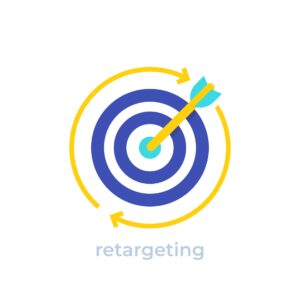 A Hubspot study revealed that retargeted customers are 70% more likely to convert. Retargeting is a powerful strategy for re-engaging individuals who have demonstrated interest but haven’t completed a purchase. Leveraging tracking tools allows for the identification of these users, enabling the delivery of personalized ads or targeted emails. By segmenting your audience according to their behaviors and preferences, you can tailor campaigns for greater effectiveness within the customer acquisition funnel. It’s essential to set frequency caps on ad displays to prevent annoyance. Ultimately, retargeting initiatives help maintain brand visibility and persuade hesitant customers to return and make a purchase.
A Hubspot study revealed that retargeted customers are 70% more likely to convert. Retargeting is a powerful strategy for re-engaging individuals who have demonstrated interest but haven’t completed a purchase. Leveraging tracking tools allows for the identification of these users, enabling the delivery of personalized ads or targeted emails. By segmenting your audience according to their behaviors and preferences, you can tailor campaigns for greater effectiveness within the customer acquisition funnel. It’s essential to set frequency caps on ad displays to prevent annoyance. Ultimately, retargeting initiatives help maintain brand visibility and persuade hesitant customers to return and make a purchase.
Tip 5: Engaging with customers through interactive content
Interactive content like quizzes, polls, and surveys is a hit among audiences. These engaging formats encourage active participation, keeping users hooked and driving brand visibility. Utilise interactive videos and games to captivate your audience, offering both entertainment and value. By understanding preferences and behaviours through interactive content, you can tailor your marketing strategies effectively, boosting conversions and brand loyalty.
Tip 6: Implementing referral programs for organic growth
Referral programs resonate well with consumers, leveraging the power of word-of-mouth marketing and the customer acquisition funnel. According to a study and survey done by Signpost, 65% of new business opportunities come from referrals and recommendations. Incentivise existing customers to refer friends and family by offering rewards like discounts or exclusive access. Appreciate being rewarded for their loyalty and advocacy, making them more likely to participate in referral programs. Simplify the referral process with user-friendly tools and clear instructions, encouraging customers to share referrals effortlessly. With the vast networks of satisfied customers, referral programs can drive substantial organic growth for your business without hefty advertising expenses.
Tip 7: Focus on Customer Experience and Satisfaction
When it comes to the customer acquisition funnel, one key aspect stands out: ensuring your customers are happy and satisfied. Why is this so important? Well, keeping your existing customers happy is just as crucial as gaining new ones. Happy customers not only stay with you but also recommend your brand to others, helping you grow organically. A Zendesk research indicates that a staggering 62% of B2B customers purchased more after experiencing good customer service, highlighting the significant impact of positive experiences.
To improve customer experience, start by understanding what your customers want and like. Personalisation plays a big role here. Tailor your communication and offer to suit each customer’s preferences. Feedback from your customers is also invaluable. Use it to learn what they like and what could be better.
Next, focus on providing top-notch service at every step. Whether it’s answering queries quickly, ensuring smooth transactions, or providing support after purchase, consistency is key. A good experience builds trust and loyalty, encouraging customers to come back and bring others with them.
Investing in technology can make this process smoother. Using customer relationship management (CRM) systems helps you manage data efficiently and target your marketing efforts effectively. Automation can also be a big help in nurturing leads and guiding them through the funnel.
Lastly, don’t forget to show your appreciation. Thank your customers for their business with personalised notes, special offers, or loyalty programs. Making your customers feel valued strengthens your relationship with them and enhances your brand’s reputation. By focusing on customer experience and satisfaction, you can build a strong acquisition funnel that not only attracts new customers but also keeps them coming back for more.
Advanced Techniques for Optimising Customer Acquisition Funnel
A. Predictive Analytics: Know Your Audience Better
Predictive analytics helps you understand your audience deeply. By analysing data, it predicts what your customers might do next. This helps in targeting your marketing efforts more effectively, reaching out to those who are most likely to buy from you. It’s like having a crystal ball to guide your marketing decisions!
B. Marketing Automation: Work Smarter, Not Harder
Marketing automation tools make your life easier by handling repetitive tasks. They help in scheduling emails, posting on social media, and more. This frees up your time to focus on strategy and creativity. Plus, you can personalise your communication with leads, making them feel valued and engaged.
C. Social Proof and User-Generated Content: Build Trust
People trust what others say about your brand more than what you say about yourself. That’s where social proof comes in. Showcase testimonials, reviews, and user-generated content to build credibility. When potential customers see others happy with your product or service, they’re more likely to trust you and make a purchase.
FAQs for Top 7 Customer Acquisition Funnel Tips Every Marketer Should Know
-
What is a customer acquisition funnel, and why is it important?
– A customer acquisition funnel is like a roadmap guiding potential customers from initial awareness to making a purchase. It’s crucial for businesses as it helps in structuring marketing efforts effectively, leading to higher conversion rates and customer loyalty.
-
How does the customer acquisition funnel work?
– The funnel typically comprises four main stages: awareness, interest, desire, and action (AIDA model). Potential customers move through these stages, starting from becoming aware of your brand to making a purchase decision.
-
How can I create engaging content for my audience?
– Craft content that speaks directly to your audience’s needs and concerns. Personalise your messages, utilise data to understand your audience better, and ensure your content adds significant value to their experience.
-
What is A/B testing, and why is it important in optimising strategies?
– A/B testing, or split testing, involves comparing different versions of marketing materials to determine which performs better. It’s crucial for optimising strategies as it helps in identifying the most effective elements for improving conversion rates.
-
How can I simplify the path to purchase for potential customers?
– Simplify your website’s navigation, optimise landing pages for mobile devices, and minimise form fields to reduce friction. Clear and compelling calls-to-action guide users smoothly through the buying process, enhancing the overall customer experience.
-
How can I effectively implement referral programs for organic growth?
– Incentivise existing customers to refer friends and family by offering rewards like discounts or exclusive access. Simplify the referral process with user-friendly tools and clear instructions, leveraging the power of word-of-mouth marketing for organic growth.
Ready to take your brand to the next level? Connect with us today to explore how HT Media can amplify your presence across our diverse portfolio of 25+ brands and properties. Let's turn your brand vision into reality!

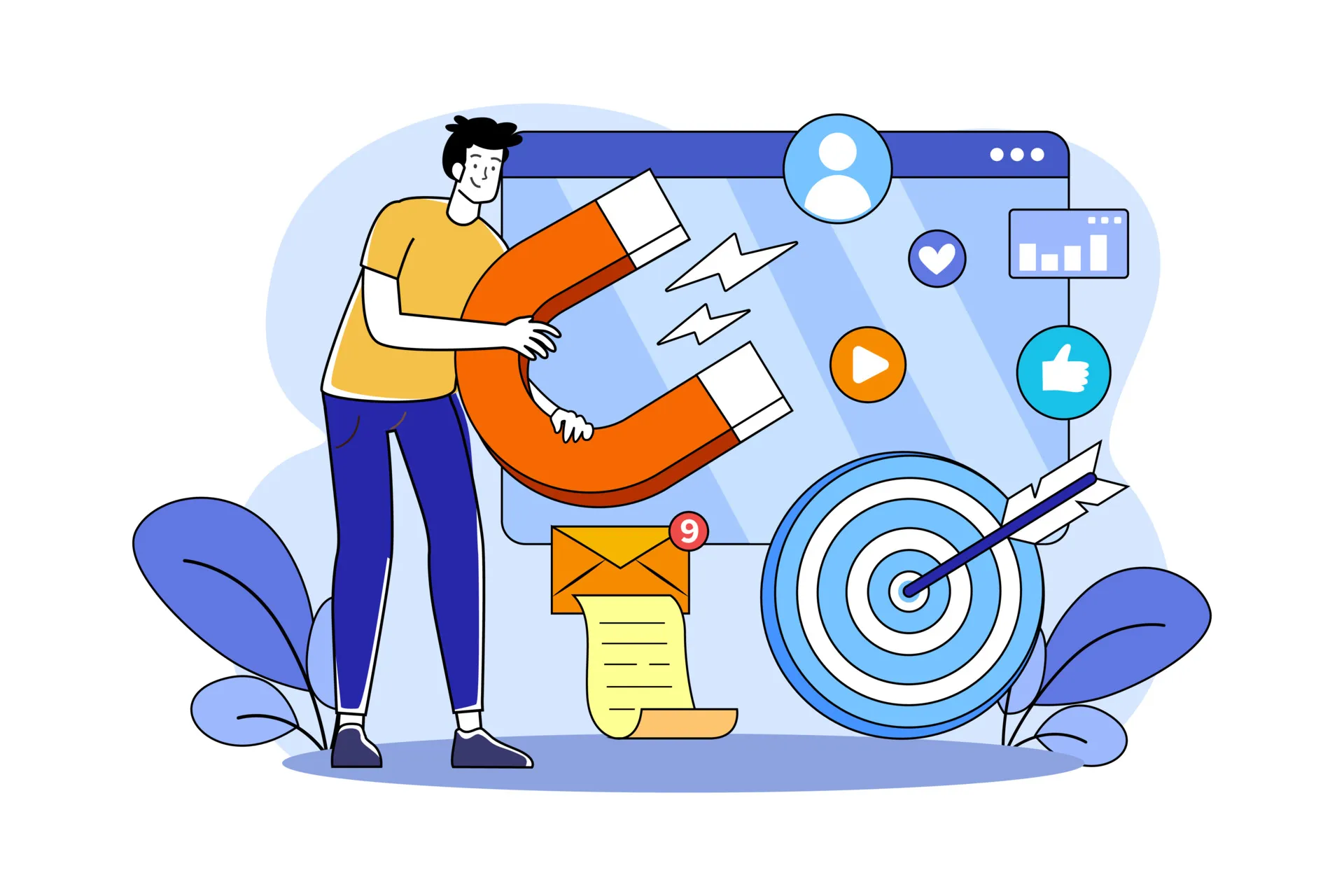
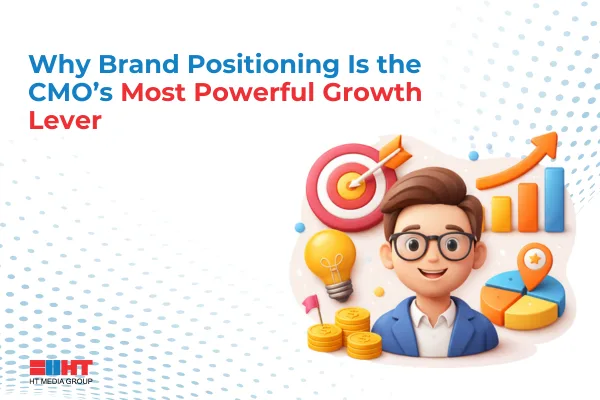
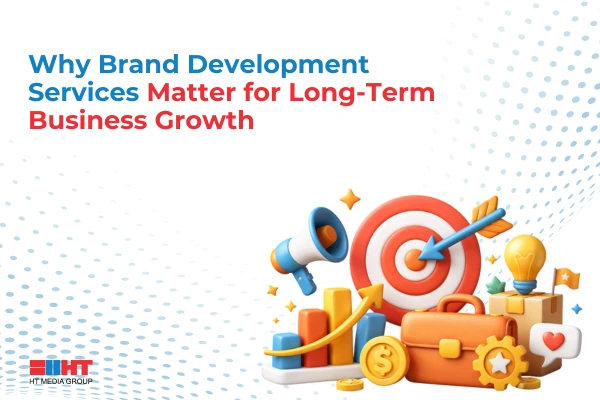
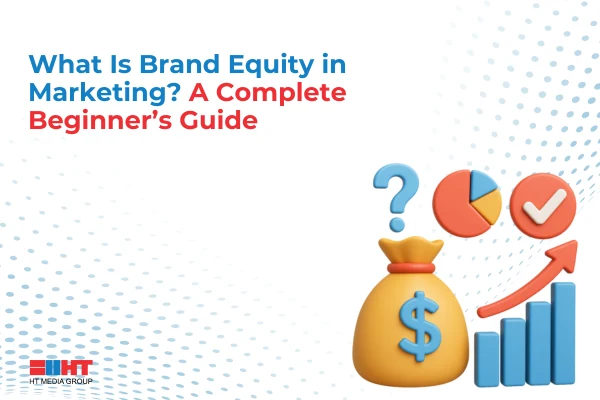
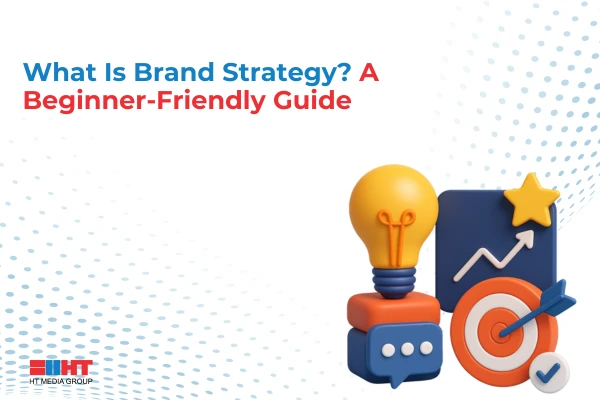
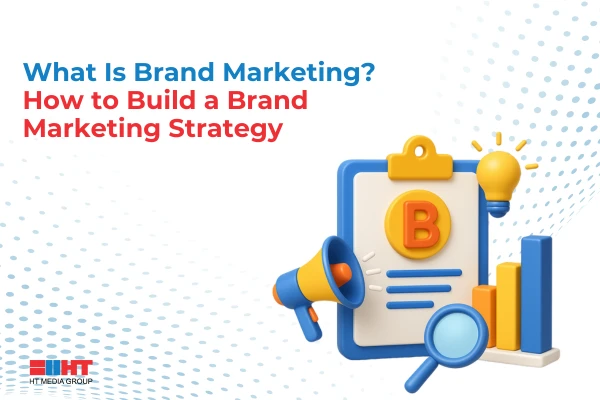
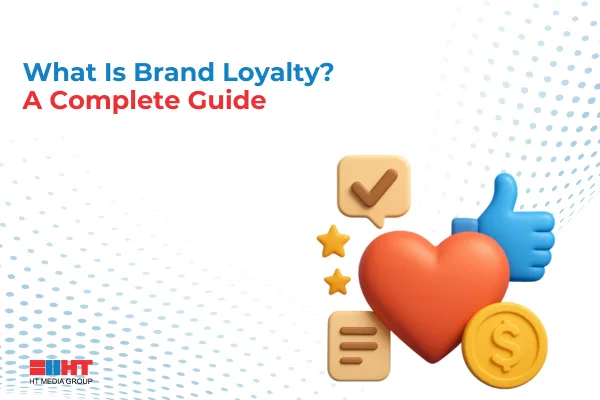
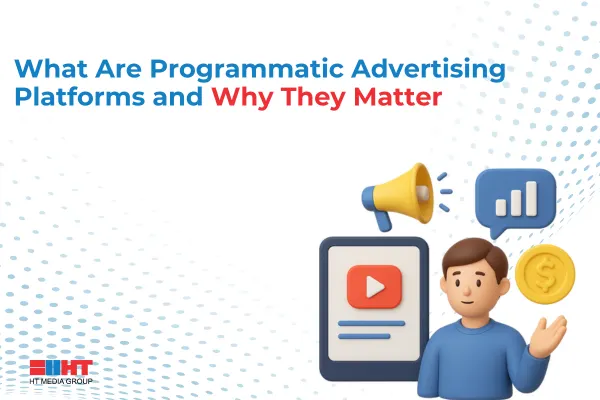
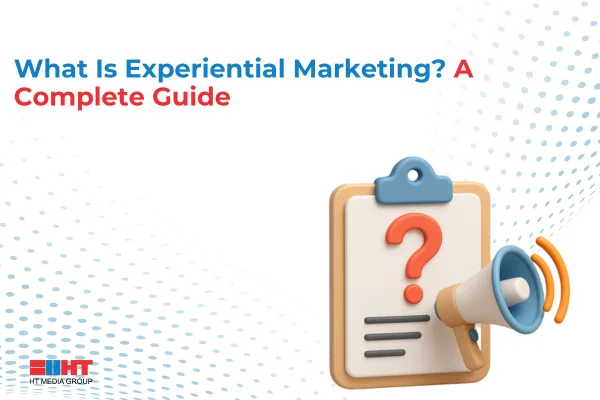
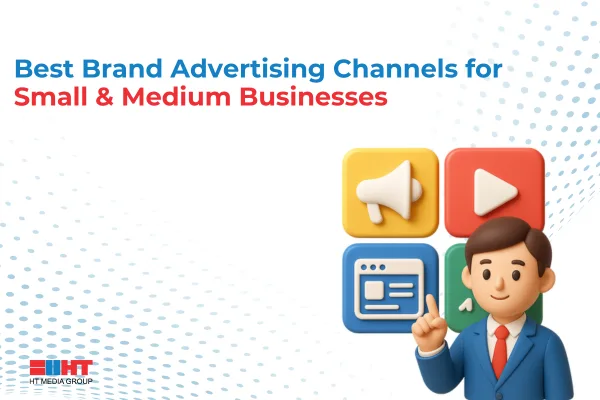
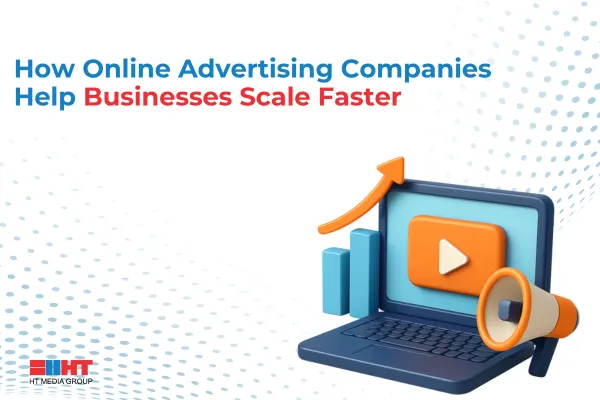
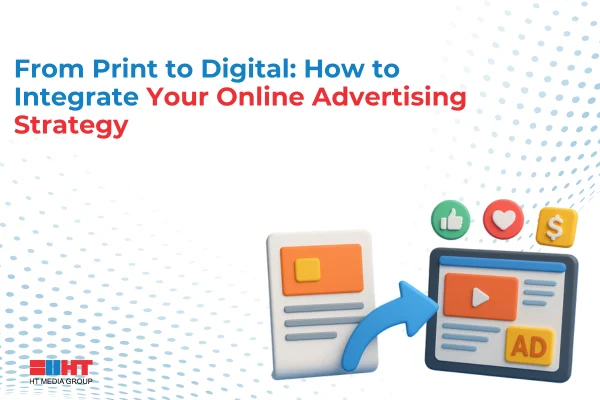
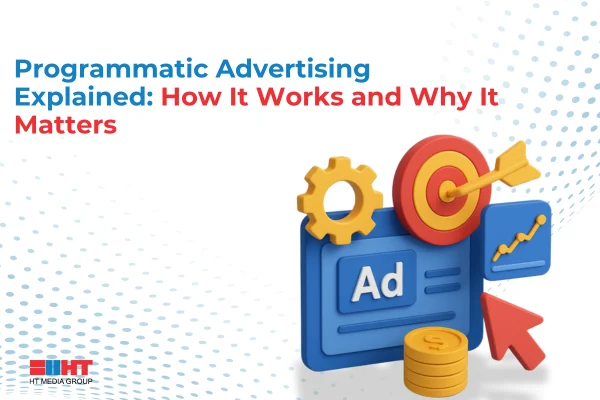
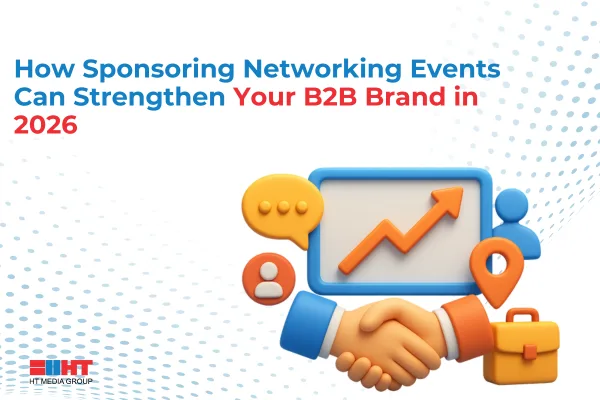
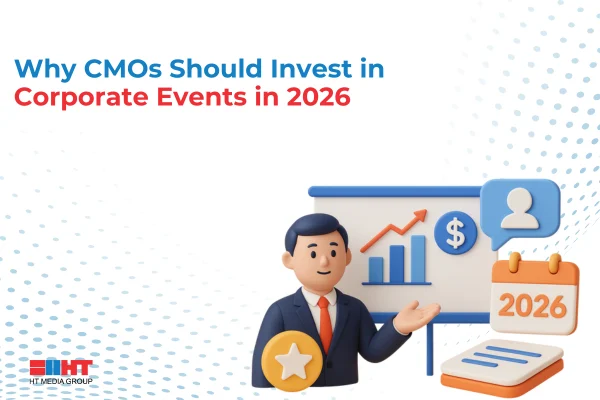

Comment